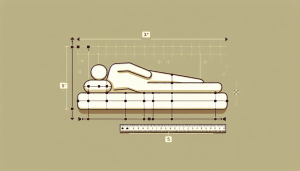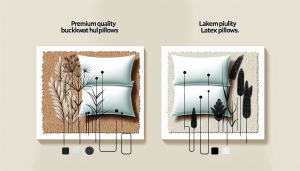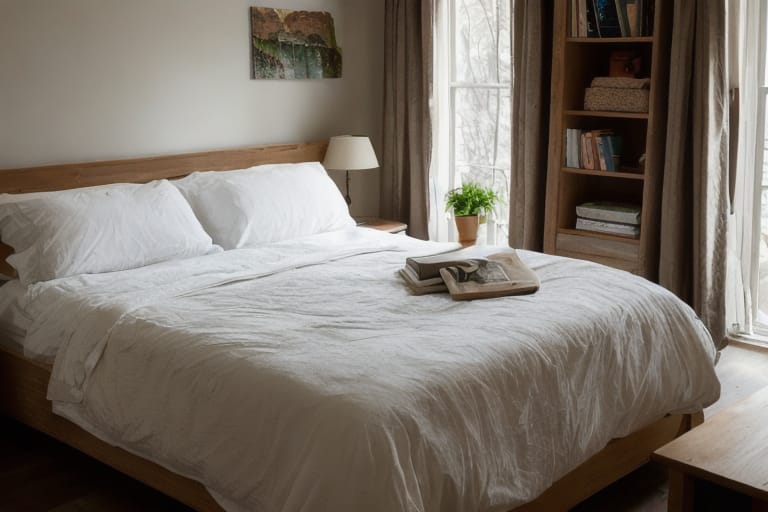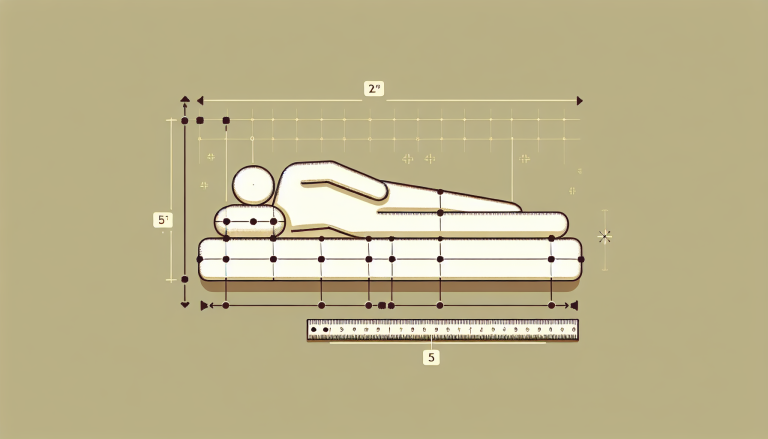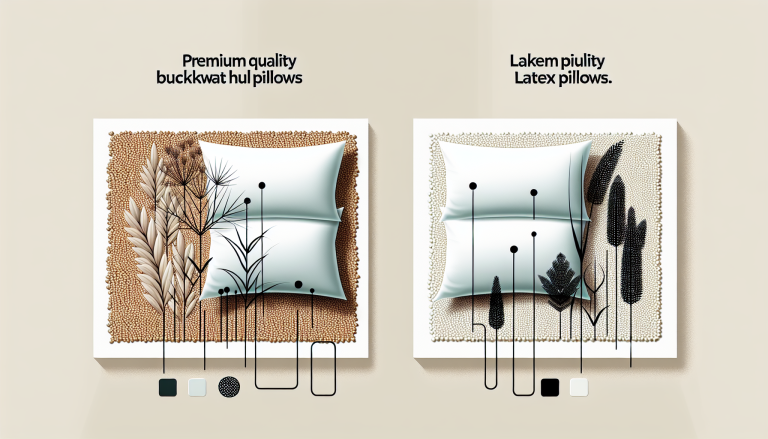Are you tired of tossing and turning at night, unable to find the perfect balance of warmth and comfort? Look no further than a high-quality down comforter! In this comprehensive guide, we’ll walk you through everything you need to know to choose the ideal down comforter for your needs, ensuring a restful and cozy night’s sleep.
What is a Down Comforter?
A down comforter, also known as a duvet or quilt, is a type of bedding filled with the soft, insulating undercoat of ducks or geese. This natural insulation material, called down, is renowned for its exceptional warmth, lightweight feel, and breathable properties.
Benefits of Down Comforters
- Unparalleled warmth without the bulk
- Breathability that helps regulate body heat
- Lightweight and easy to maneuver
- Long-lasting durability with proper care
- Versatile for use in various climates and seasons
Factors to Consider When Choosing a Down Comforter
Fill Power
Fill power is a measure of the loft and insulating ability of down. Higher fill powers, ranging from 600 to 900, indicate better quality down that provides more warmth and lasts longer.
| Fill Power | Quality | Warmth |
|---|---|---|
| 600-700 | Good | Moderate |
| 700-800 | Excellent | High |
| 800-900 | Exceptional | Maximum |
Thread Count
Thread count refers to the number of threads per square inch of the comforter’s shell fabric. Higher thread counts (300+) create a softer, more durable, and down-proof cover that prevents feathers from escaping.
Baffle Box Construction
Baffle box construction features vertical walls of fabric that create compartments to keep the down evenly distributed. This stitching technique prevents clumping and compressing, ensuring consistent warmth and loft.
Tog Rating
The tog rating measures a comforter’s thermal insulation. Higher tog ratings provide greater warmth, making them ideal for colder climates or winter months.
| Tog Rating | Warmth Level | Suitable Climate |
|---|---|---|
| 4.5-7.5 | Light | Summer or warmer climates |
| 7.5-10.5 | Medium | Spring, fall, or cooler climates |
| 10.5-13.5 | Warm | Winter or colder climates |
Fill Weight
Fill weight is the actual amount of down inside the comforter, measured in ounces. A higher fill weight generally provides more warmth, but the optimal amount depends on your personal preferences and climate.
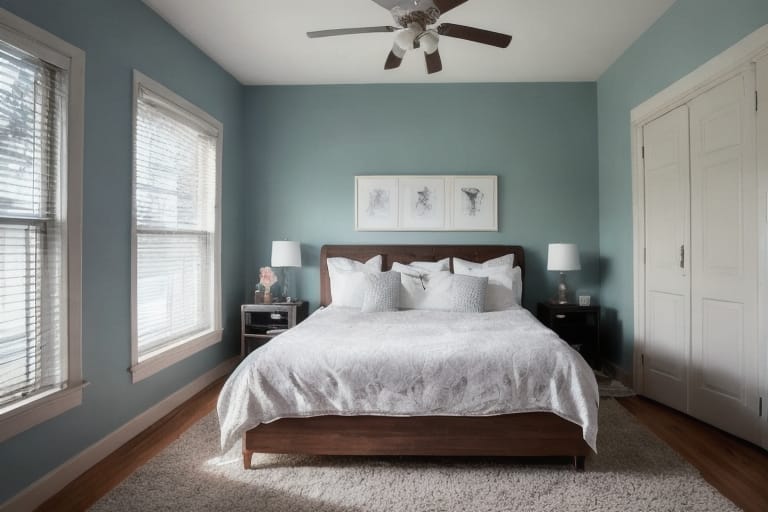
Choosing the Right Shell Material
Down comforter shells are typically made from cotton or synthetic materials. Cotton is breathable and natural, making it an excellent choice for those with sensitive skin or allergies. Synthetic shells are often more affordable and easier to clean.
Proper Care and Maintenance
To ensure your down comforter lasts for years, follow these care tips:
- Wash your comforter every 1-2 years, or as needed
- Use a large, front-loading washing machine and mild detergent
- Dry on low heat with a few clean tennis balls to prevent clumping
- Fluff your comforter regularly to maintain loft
- Store in a breathable cotton bag when not in use
Top Down Comforter Recommendations
- Pacific Coast Hungarian White Goose Down Comforter (Price: $449.99)
- 700 fill power, 400 thread count, baffle box construction
- Brooklinen Down Comforter (Price: $399)
- 700 fill power, 400 thread count, baffle box construction
- L.L.Bean Permabaffle Box Goose Down Comforter (Price: $429)
- 600 fill power, 280 thread count, baffle box construction
As Dr. Michael Breus, The Sleep Doctor, explains, “A high-quality down comforter can significantly improve your sleep by providing the perfect balance of warmth, breathability, and comfort. Investing in a well-constructed comforter with high fill power and baffle box design ensures a restful night’s sleep for years to come.”
Conclusion
Choosing the perfect down comforter is key to creating a cozy and comfortable sleep environment. By understanding factors like fill power, thread count, baffle box construction, and tog rating, you can select a comforter that suits your unique needs and preferences. With proper care and maintenance, your investment in a high-quality down comforter will pay off in countless restful nights and a more rejuvenating sleep experience.
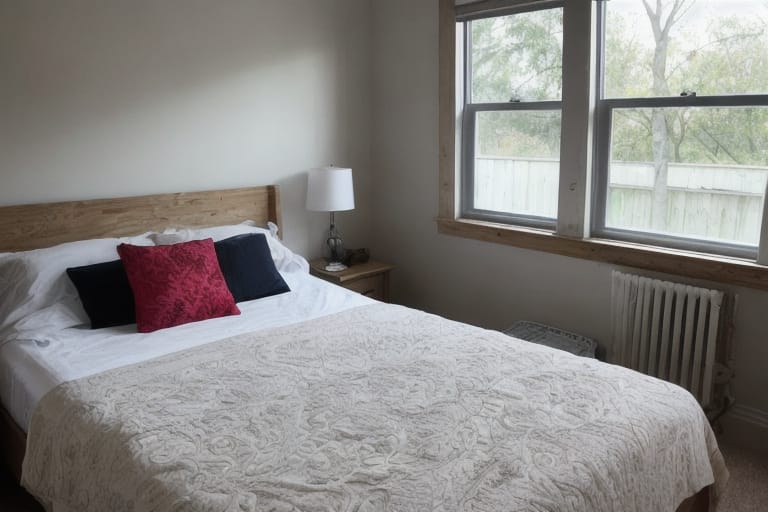
Frequently Asked Questions
- How often should I wash my down comforter? It’s recommended to wash your down comforter every 1-2 years, or as needed. Always follow the care instructions on the label, and use a mild detergent in a large, front-loading washing machine. Proper cleaning helps maintain the loft and insulating properties of the down.
- Can a down comforter help with night sweats and overheating? Yes! Down comforters are naturally breathable and excel at moisture management, making them an excellent choice for those who experience night sweats or tend to overheat while sleeping. The insulating properties of down help regulate body heat, keeping you comfortable throughout the night.
- What is the difference between natural and synthetic down comforters? Natural down comforters are filled with the soft, insulating undercoat of ducks or geese, providing unparalleled warmth and loft. Synthetic down alternatives are made from polyester fibers designed to mimic the properties of natural down. They are often more affordable and easier to clean but may not offer the same level of warmth and durability.
- How do I choose the right tog rating for my climate and personal preferences? The tog rating measures a comforter’s thermal insulation. Lower tog ratings (4.5-7.5) are ideal for summer or warmer climates, while higher tog ratings (10.5-13.5) are better suited for winter or colder climates. A medium tog rating (7.5-10.5) is a versatile option for spring, fall, or cooler climates. Consider your personal preferences for warmth and your bedroom temperature when selecting a tog rating.
- What is the best way to store my down comforter when not in use? To maintain the loft and insulating properties of your down comforter, store it in a breathable cotton bag when not in use. Avoid compressing the comforter in vacuum-sealed bags or tight spaces, as this can damage the delicate down feathers and reduce the comforter’s loft. Proper storage helps extend the longevity of your down comforter, ensuring it remains fluffy and warm for years to come.
- Are down comforters suitable for people with allergies? While down comforters are naturally hypoallergenic, some people with allergies may be sensitive to dust mites or other allergens that can accumulate in bedding. To minimize allergic reactions, choose a down comforter with a tightly woven, high thread count cover that prevents allergens from penetrating the fabric. Additionally, consider using a duvet cover and washing your comforter regularly to keep it clean and allergen-free.

